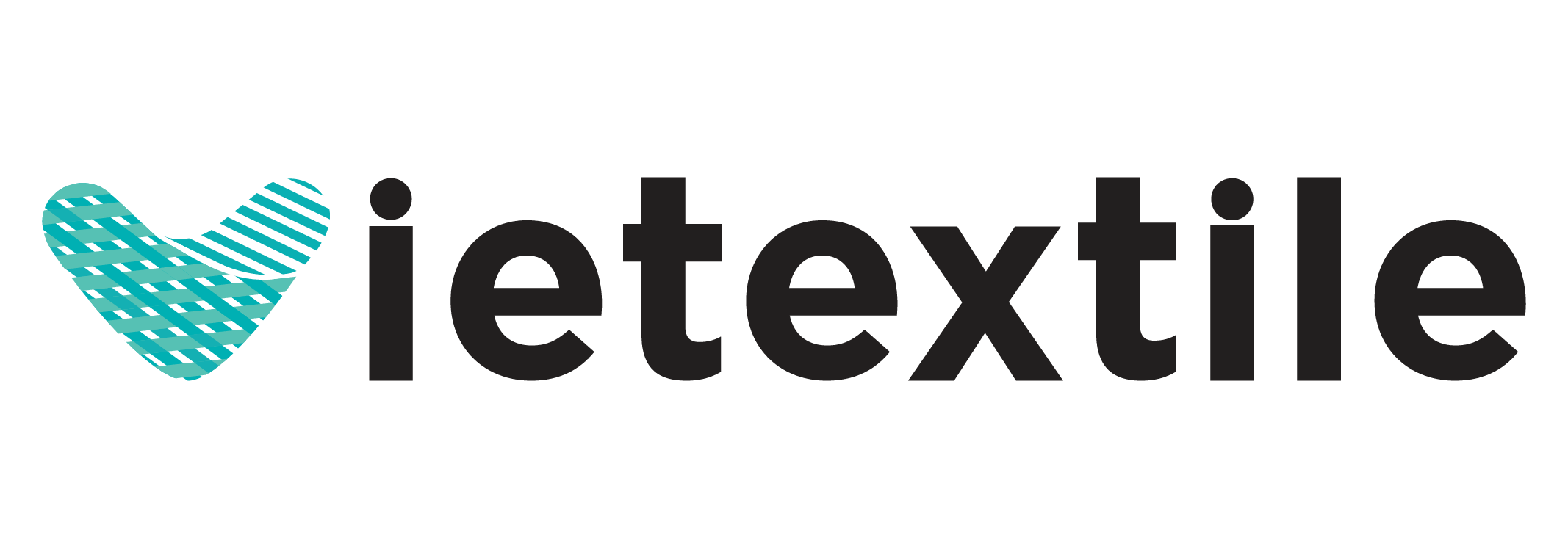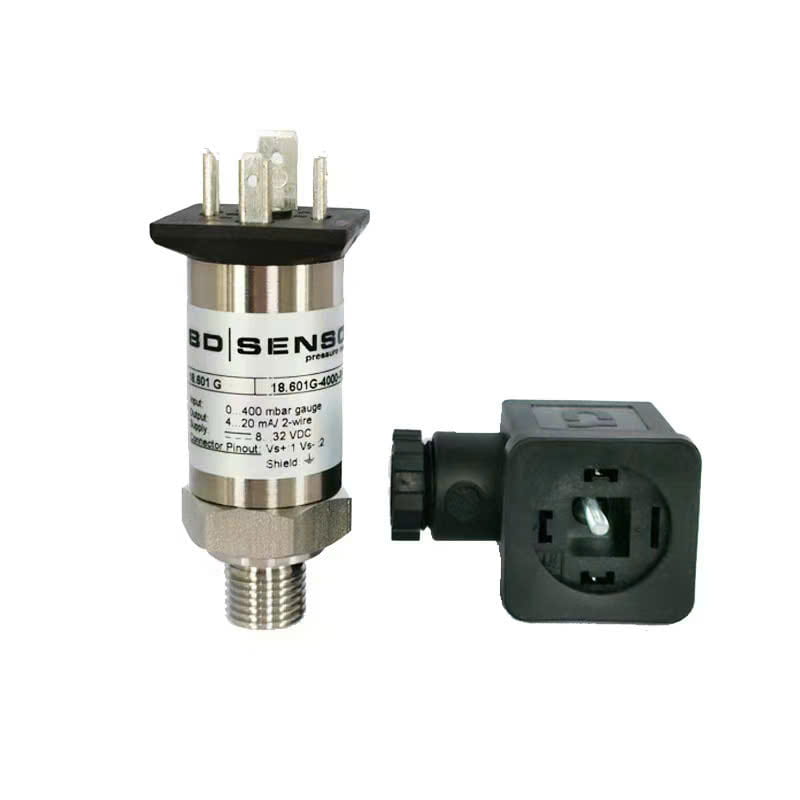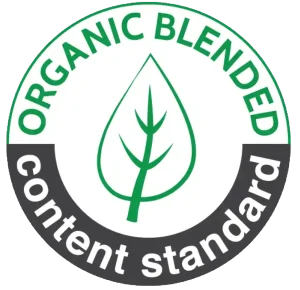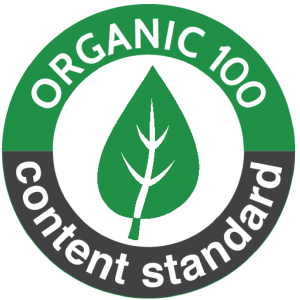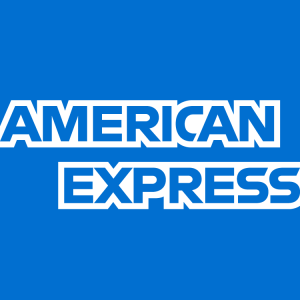In the modern textile dyeing industry, continuous dyeing machines play a pivotal role, determining the productivity and quality of fabric products. To ensure the continuous, stable, and efficient operation of these complex machines, selecting the correct continuous dyeing machine parts according to the model and manufacturer is a crucial factor. A wrong decision in choosing parts can lead to serious consequences, from reduced performance and increased maintenance costs to the risk of complete system failure, causing production disruption.
Maintenance and replacement of continuous dyeing machine parts are not merely technical tasks but also important management strategies, directly affecting the business’s profitability. The current parts market is diverse, with many suppliers and types, making it complicated to identify the right parts. Even minor differences in specifications or material quality can cause major problems in the operation of continuous dyeing machines.
This article will delve into the importance of choosing the correct continuous dyeing machine parts, the factors to consider when selecting, an effective procurement and replacement process, as well as potential risks when making wrong decisions. The goal is to provide a comprehensive overview, helping textile dyeing businesses optimize operations, ensure product quality, and extend equipment lifespan, thereby enhancing competitiveness in the global market.
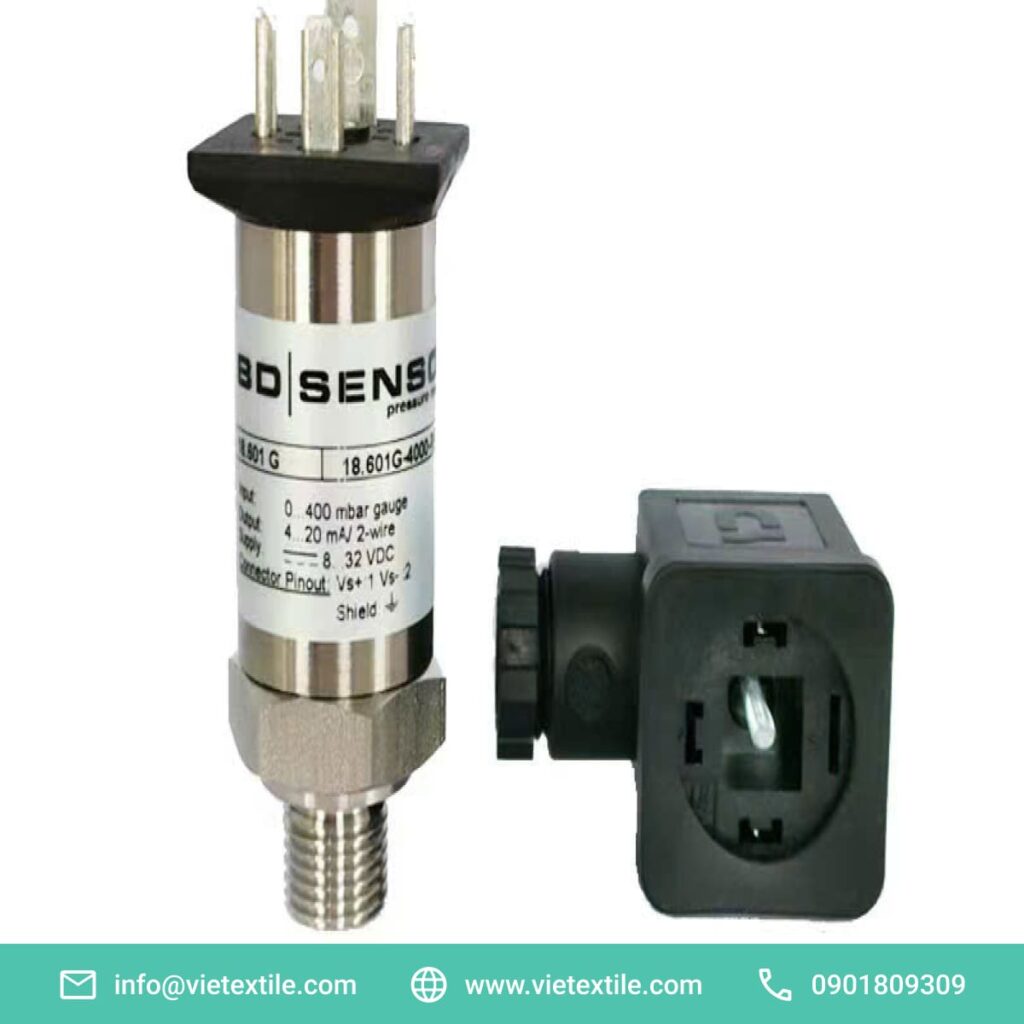
1. The Importance of Choosing the Right Standard Continuous Dyeing Machine Parts
Nội dung tóm tắt
ToggleThe precise and standard selection of continuous dyeing machine parts is not just a technical requirement but also a strategic factor, directly affecting the production efficiency and profitability of textile dyeing businesses. A correct decision will bring many sustainable benefits and significantly reduce risks.
1.1. Ensuring Stable and Continuous Operation
Continuous dyeing machines, as their name suggests, are designed to operate continuously in a long production cycle. Stability is vital to maintain high productivity and uniform quality of dyed fabric. Every continuous dyeing machine part, no matter how small, contributes to the smooth operation of the entire system. Using incompatible or low-quality parts can cause significant friction, vibration, or deviations in the control process, leading to frequent breakdowns and production disruptions.
Conversely, when using genuine parts or high-quality replacement parts, the dyeing machine will operate at optimal capacity, maintaining precise technical specifications. This ensures stable dyeing processes, minimizes unscheduled downtime, and maximizes productivity, significantly contributing to the factory’s business efficiency and ability to meet orders on time.
1.2. Enhancing Dyed Product Quality
Product quality is a decisive factor in the success of a textile dyeing business. Non-standard continuous dyeing machine parts can directly affect critical parameters of the dyeing process such as temperature, pressure, chemical flow, or fabric transport speed. For example, a worn roller can cause fabric to wrinkle or shift as it passes through the machine, leading to uneven color. A clogged nozzle can reduce the uniformity of dye on the fabric surface.
When parts operate precisely and synchronously, they help maintain ideal dyeing conditions, ensuring the fabric color is accurate, uniform, and has high colorfastness. This not only enhances the quality of the final product but also reduces the defect rate, saving raw materials and reprocessing costs, thereby strengthening the business’s reputation in the market.
1.3. Optimizing Operating and Maintenance Costs
Although genuine or high-quality continuous dyeing machine parts may have a higher initial cost, they offer significant long-term cost savings. Low-quality parts often have a short lifespan, are prone to failure, and require more frequent replacement. This not only incurs procurement costs but also labor costs, downtime costs, and repair costs for affected related parts due to chain failures.
Furthermore, failures due to non-standard parts can lead to product damage, wasting raw materials and losing customer trust. By investing in quality continuous dyeing machine parts, businesses will minimize these risks, optimize preventive maintenance costs, and maintain efficient production operations, leading to higher long-term profits.
1.4. Extending Equipment Lifespan and Reducing Risks
Each continuous dyeing machine part is designed to operate in a specific environment with certain technical parameters regarding pressure, temperature, chemicals, and load. Using non-standard parts can cause imbalance in the system, increasing pressure on other components. For example, a low-quality gasket can cause leakage, leading to corrosion of surrounding metal parts.
When incompatible components work together, they can cause rapid wear and tear, reducing the lifespan of the entire continuous dyeing machine. Conversely, replacing with genuine or equivalent high-quality continuous dyeing machine parts will ensure synchronization, minimize unnecessary wear, thereby significantly extending the lifespan of the entire equipment, protecting the business’s initial investment and reducing the risk of major breakdowns.
2. Important Continuous Dyeing Machine Parts to Pay Attention To
A continuous dyeing machine is a complex system comprising various components, each playing a crucial role in the dyeing process. Understanding the main types of continuous dyeing machine parts will help businesses plan effective maintenance and replacement.
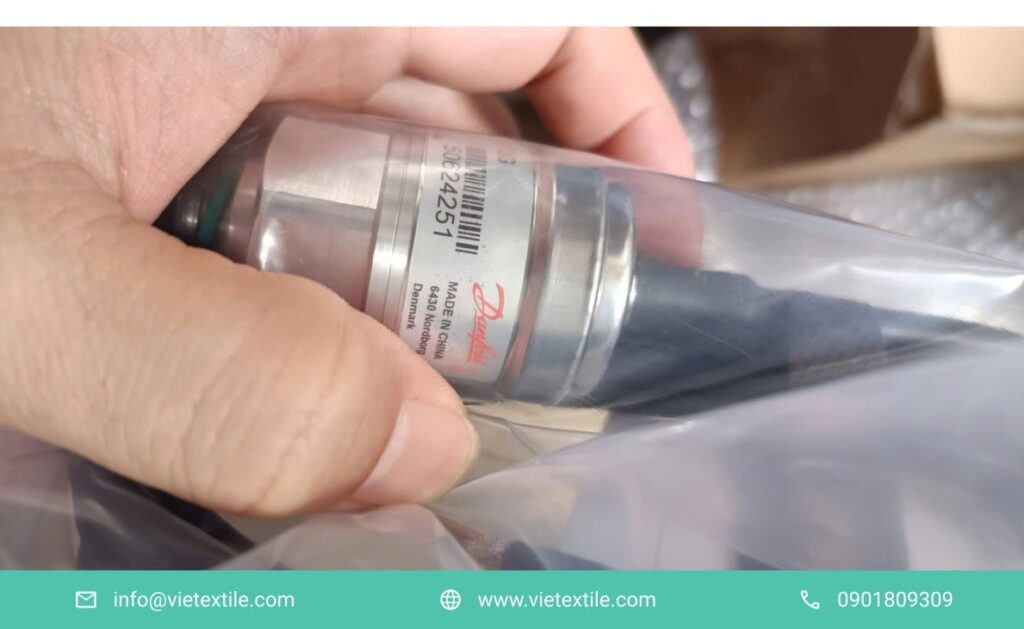
2.1. Fabric Transport System (Conveyor System)
The fabric transport system is the heart of the continuous dyeing machine, ensuring the fabric moves smoothly and uniformly through the dyeing, drying, and finishing stages. Important continuous dyeing machine parts in this system include:
- Rollers: Ensure the fabric is stretched and moves stably. Rollers need to have a smooth surface, free from wear or deformation, to avoid damaging the fabric or causing wrinkles. The material and hardness of the rollers must be suitable for the fabric type and chemicals.
- Drive Belts: Transmit power from the motor to the rollers. Belts need to be highly durable, resistant to temperature and chemicals, and not slip or break during operation.
- Bearings: Help the rollers rotate smoothly, reducing friction. Bearings need to be lubricated periodically and replaced when showing signs of wear to avoid jamming or vibration.
- Tensioning devices: Ensure the fabric is always held at the appropriate tension, preventing slackness or over-tensioning, which affects dyeing quality and fabric dimensions.
2.2. Chemical and Dye Dosing System
Accuracy in dosing chemicals and dyes is a decisive factor for product color and quality. Continuous dyeing machine parts in this system require high precision and corrosion resistance.
- Dosing Pumps: Ensure the precise amount of dye and chemicals is supplied to the machine according to the formula. Dosing pumps need to operate stably, without clogging or leaking.
- Control Valves: Regulate the flow rate and direction of chemicals. Valves need to have precise opening and closing capabilities, resistant to corrosive chemicals and high temperatures.
- Nozzles: Distribute dye and chemicals evenly onto the fabric surface. Nozzles need to be cleaned and inspected periodically to avoid clogging or wear, which can cause color variations on the fabric.
- Flow Sensors: Monitor and control the amount of chemicals being supplied, ensuring correct ratios and formulas.
2.3. Drying and Color Fixing Unit
After dyeing, the fabric needs to be dried and color-fixed. Continuous dyeing machine parts in this unit are subjected to high temperatures and require efficient heat transfer capabilities.
- Heat Exchangers: Transfer heat from an energy source (steam, thermal oil) to the air or directly to the fabric. The efficiency of the heat exchanger directly affects drying speed and energy consumption.
- Industrial Fans: Circulate hot air in the drying chamber. Fans need to operate stably, without causing vibration, and be highly heat-resistant.
- Temperature Sensors: Monitor and control the temperature in the drying chamber, ensuring the fabric is dried and color-fixed at optimal temperatures, avoiding fabric damage or color fading.
- Air Filters: Filter dust and impurities from the air before it enters the drying chamber, ensuring the fabric remains clean.
2.4. Control and Sensor System
The control system is the brain of the continuous dyeing machine, ensuring all stages proceed automatically and accurately. Continuous dyeing machine parts in this system require high reliability.
- Programmable Logic Controller (PLC): Programs and controls the entire dyeing process, from chemical dosing, temperature, fabric transport speed to safety systems. The PLC needs to operate stably and have good connectivity with sensors.
- Human Machine Interface (HMI): The interactive interface between the operator and the machine, displaying parameters, operating status, and allowing adjustments. The HMI screen needs to be clear, easy to use, and durable in an industrial environment.
- Various Sensors: Including temperature sensors, pressure sensors, water level sensors, speed sensors, humidity sensors, etc. Sensors provide input data to the PLC for precise control. The accuracy and durability of sensors are extremely important.
- Relays, Switches, Circuit Breakers: Electronic components that ensure safety and control current in the system.
3. Criteria for Selecting Standard Continuous Dyeing Machine Parts
Selecting standard continuous dyeing machine parts requires careful consideration and adherence to certain criteria. This helps ensure that the parts operate efficiently, durably, and safely.
3.1. Compatibility with Machine Model and Manufacturer
This is the most important criterion. Each continuous dyeing machine, even if of the same type, but from different models or manufacturers, will have different part requirements.
- Check technical specifications: Always cross-reference the part number and technical specifications (dimensions, voltage, material, heat/pressure resistance) with the machine’s original documentation or information on the equipment’s nameplate.
- Original Equipment Manufacturer (OEM) parts: Always prioritize using genuine continuous dyeing machine parts manufactured by the original machine manufacturer. OEM parts ensure absolute compatibility, highest quality, and usually come with a warranty.
- High-quality aftermarket parts: If OEM parts are not available, choose aftermarket parts from reputable manufacturers with quality certifications and rigorous testing to ensure they meet or exceed OEM standards.
3.2. Material and Manufacturing Quality
The quality of materials and precision in the manufacturing process determine the lifespan and performance of continuous dyeing machine parts.
- Suitable materials: Ensure parts are made from materials capable of withstanding the harsh conditions of the dyeing environment (high temperature, pressure, corrosive chemicals). For example, stainless steel for parts in contact with chemicals, heat-resistant materials for drying components.
- Precise machining: Components must be machined with high precision to ensure a perfect fit, preventing friction, vibration, or leakage. Even small deviations can lead to rapid failure.
- Durability and wear resistance: Parts need to have high mechanical strength and good wear resistance, especially components subjected to continuous load or friction.
3.3. Origin and Certifications
Clear origin and quality certifications are proof of the reliability of continuous dyeing machine parts.
- Reputable supplier: Only purchase parts from suppliers with a good reputation, many years of experience in the industry, and the ability to provide full documentation proving origin (CO – Certificate of Origin) and quality (CQ – Certificate of Quality).
- Quality certifications: Prioritize parts that comply with international standards (ISO, ASTM) or specific industry standards, ensuring the product has been tested and meets technical requirements.
3.4. Supplier Support Services
A good continuous dyeing machine parts supplier not only sells products but also provides comprehensive support services.
- Professional technical consultation: Ability to accurately advise on the appropriate part type, installation, and maintenance instructions.
- Clear warranty policy: Ensuring parts are warranted for a certain period, giving businesses peace of mind about quality.
- After-sales support: Ability to provide repair, maintenance, or replacement services if issues arise, as well as providing detailed technical documents and user manuals.
- Delivery time: Ability to supply parts quickly, especially urgent parts, to minimize machine downtime.
4. Effective Process for Replacing and Maintaining Continuous Dyeing Machine Parts
To optimize performance and extend the lifespan of continuous dyeing machines, adhering to an effective process for replacing and maintaining continuous dyeing machine parts is crucial.
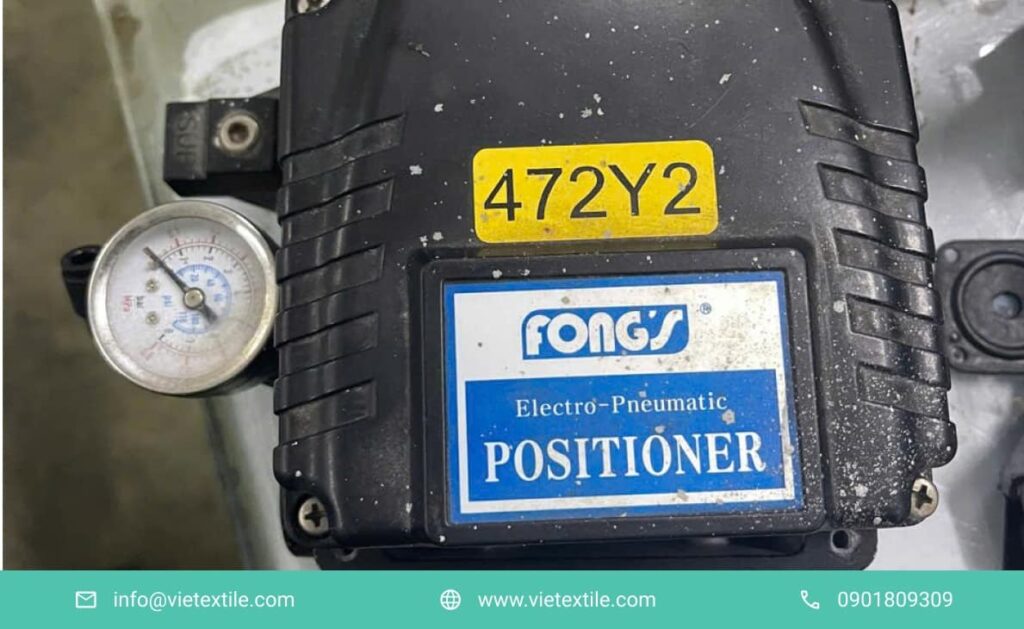
4.1. Establishing a Periodic Maintenance Plan
Preventive maintenance is key to avoiding major breakdowns. Establish a periodic maintenance plan based on the machine manufacturer’s recommendations and actual operating experience. This plan includes:
- Inspection and lubrication: Periodically inspect and lubricate moving parts such as bearings, rollers, and belts.
- Wear inspection: Regularly inspect continuous dyeing machine parts prone to wear such as gaskets, seals, filters, and nozzles to replace them promptly before they cause problems.
- Sensor calibration: Periodically calibrate temperature, pressure, and flow sensors to ensure the accuracy of input data for the control system.
- Industrial cleaning: Clean machine parts from dirt and chemical buildup to maintain performance and prevent corrosion.
4.2. Safe Replacement Procedure
The replacement of continuous dyeing machine parts must be performed by qualified technicians, strictly adhering to safety procedures to avoid accidents and equipment damage.
- Disconnect power and pressure: Always ensure the machine is completely disconnected from power and no residual pressure remains in the system before performing any replacement operations.
- Use appropriate tools: Ensure you have the right tools needed for disassembly and assembly.
- Follow instructions: Adhere strictly to the installation instructions from the part manufacturer and the dyeing machine.
- Record keeping: Record the replacement date, new part number, and any observations about the condition of the old part.
4.3. Post-Replacement Inspection and Calibration
After installing new continuous dyeing machine parts, it is necessary to perform inspection and calibration steps to ensure everything operates accurately.
- Leak test: For fluid-related components (gaskets, valves, pipes), thoroughly check for any leaks.
- Functionality test: Test the functions related to the newly replaced part (e.g., check pressure, flow, temperature, speed).
- Calibration: If replacing sensors or controllers, calibration must be performed to ensure they provide accurate data to the system.
- Trial run: Run the machine in idle mode and then with a light load to ensure everything operates normally and there are no abnormal signs before putting it into official production.
4.4. Managing Spare Parts Inventory
To minimize downtime in case of a malfunction, storing and managing spare continuous dyeing machine parts is very important.
- Create a spare parts list: Identify critical parts that are prone to failure or have long lead times for spare storage.
- Proper storage: Parts need to be stored in a dry, cool environment, away from direct sunlight, dust, and corrosive chemicals. Follow the manufacturer’s storage guidelines to prevent damage before use.
- Periodic inventory: Conduct periodic inventory checks to update quantities, check condition, and order timely replenishment, ensuring sufficient parts are always available.
- Record history: Record the usage and replacement history of each continuous dyeing machine part to track average lifespan and plan more effective maintenance in the future.
5. Risks of Using Low-Quality or Non-Standard Continuous Dyeing Machine Parts
Choosing the wrong continuous dyeing machine parts, whether due to lack of information, seeking cheap alternatives, or carelessness, can lead to serious consequences, causing significant damage to the business and affecting the entire production chain.
5.1. Reduced Dyeing Performance and Quality
A non-standard continuous dyeing machine part can alter the machine’s operating parameters such as pressure, temperature, chemical flow, or fabric transport speed. This directly affects the dyeing process, leading to:
- Uneven color: Fabric may have color variations, not achieving the desired uniformity, which is especially critical in mass production.
- Poor colorfastness: Color may fade easily after washing or exposure to light, reducing the quality of the final product.
- Fabric damage: Fabric may shrink, deform, or have its structure damaged due to inaccurate dyeing parameters or friction from faulty parts.
- Increased cycle time: The machine has to operate longer to achieve the desired results, reducing overall productivity and increasing energy costs.
These issues not only waste raw materials but also affect the quality of the final product, reducing the factory’s reputation in the market and potentially leading to returns or customer complaints.
5.2. Increased Operating Costs and Unexpected Repairs
Using low-quality or unsuitable continuous dyeing machine parts often leads to more frequent failures. This means businesses have to spend more on continuous replacement part purchases, labor costs for repairs, and especially costs due to machine downtime.
Every hour a continuous dyeing machine is out of operation is an hour of lost productivity and revenue. In the textile dyeing industry, time is money, and unscheduled downtime can cause significant economic losses, affecting orders and commitments to customers, even leading to loss of large contracts.
5.3. Risk of Chain Failure and Production Disruption
When an incompatible continuous dyeing machine part is installed, it can create an imbalance in the system and put pressure on other components. For example, an incorrectly sized bearing can cause vibration, damaging the rotating shaft or other transmission components. A wrong type of valve can cause excessive pressure, damaging pipes or pumps.
This chain of failures can spread throughout the entire machine, turning a small error into a major problem, requiring much higher repair costs than replacing the correct original part. This is especially serious for core components of the continuous dyeing machine, which can lead to the machine being out of operation for a long time, causing severe disruption to the entire production line.
5.4. Impact on Occupational Safety and Environment
Continuous dyeing machines operate under harsh conditions with high temperature, high pressure, and chemicals. A non-standard continuous dyeing machine part, especially high-pressure components such as safety valves, pipelines, or gaskets, can cause chemical leaks, explosions, or fires. These incidents not only cause property damage but also directly threaten the lives and health of operators.
Furthermore, chemical or wastewater leaks due to faulty parts can also cause environmental pollution, violating environmental protection regulations and leading to heavy fines. Complying with safety regulations and using genuine, high-quality continuous dyeing machine parts is a legal and ethical responsibility of every business to ensure a safe working environment for employees and protect the environment.
6. VieTextile: Comprehensive Solution for Standard Continuous Dyeing Machine Parts
VieTextile proudly stands as a leading partner, providing comprehensive and reliable solutions for selecting and supplying genuine continuous dyeing machine parts in Vietnam. With many years of in-depth experience in the textile dyeing industry, we understand the importance of maintaining equipment performance and lifespan. VieTextile is committed to delivering the highest quality products and services, helping your business operate continuous dyeing machines stably and efficiently.
We offer a wide range of continuous dyeing machine parts for many leading global manufacturers such as Thies, Fong’s, Then, Sclavos, Brazzoli, Monforts, TongGeng, and many other brands. Our product catalog includes everything from critical mechanical components like pumps, valves, gaskets, bearings, rollers, belts, to complex electronic components such as sensors, PLC controllers, HMI screens, and wear parts that need periodic replacement. All continuous dyeing machine parts supplied by VieTextile have clear origins, ensuring quality and absolute compatibility with each machine model.
VieTextile is not merely a supplier of continuous dyeing machine parts. We are also a professional consulting partner, assisting customers in identifying the correct parts needed based on the specific machine model and brand. Our team of experienced technicians is ready to advise, answer all questions, and provide the most optimal solutions for each case. We understand that each continuous dyeing machine has its own specific characteristics, and choosing the right parts is key to ensuring performance and optimizing operating costs.
Furthermore, VieTextile also provides comprehensive technical support services, including installation guidance, maintenance, and troubleshooting. We are committed to providing attentive after-sales service, with a clear warranty policy for each type of continuous dyeing machine part. Our goal is to help your business minimize downtime, optimize operating costs, and extend equipment lifespan, thereby enhancing competitiveness in the textile dyeing market, ensuring continuous and efficient production.
With VieTextile, you can be completely confident in the quality of continuous dyeing machine parts and professional support. Let us accompany the sustainable development of your textile dyeing factory, ensuring all production activities run smoothly and efficiently.
7. Frequently Asked Questions About Continuous Dyeing Machine Parts (FAQ)
7.1. Why are standard continuous dyeing machine parts important for machine performance?
Standard continuous dyeing machine parts ensure perfect compatibility with the system, helping the machine operate stably and accurately according to its original design. This directly affects dyeing parameters such as temperature, pressure, flow, and speed, thereby ensuring uniform dyed product quality, minimizing errors, and optimizing productivity, avoiding production disruptions.
7.2. How to correctly identify the model and brand of a continuous dyeing machine when needing to buy parts?
To correctly identify the model and brand, you need to check the nameplate attached to the machine body, which usually contains complete information about the manufacturer, model, serial number, and other important technical parameters. Additionally, the technical documentation accompanying the machine or maintenance history are also reliable sources of information to find the exact continuous dyeing machine part number.
7.3. Which types of continuous dyeing machine parts require special attention during maintenance?
Continuous dyeing machine parts that require special attention include: components of the fabric transport system (rollers, belts, bearings), chemical dosing system (dosing pumps, valves, nozzles), drying and color fixing unit (heat exchangers, fans, temperature sensors), and components in the control system (PLC, various sensors). These are key components that directly affect performance and dyeing quality.
7.4. Which machine brands does VieTextile supply continuous dyeing machine parts for and do you guarantee quality?
VieTextile supplies continuous dyeing machine parts for many leading global manufacturers such as Thies, Fong’s, Then, Sclavos, Brazzoli, Monforts, Bruckner, etc. We commit that all parts have clear origins, ensuring quality and absolute compatibility with each machine model, accompanied by quality certifications and transparent warranty policies.
8. Contact VieTextile for Consultation on Continuous Dyeing Machine Parts
To ensure your continuous dyeing machine always operates at optimal performance, extends its lifespan, and minimizes operating costs, choosing the correct continuous dyeing machine parts is indispensable. Contact VieTextile today for in-depth consultation and to receive genuine, high-quality continuous dyeing machine parts suitable for all your machine models and brands. We are committed to providing comprehensive solutions, helping your business move steadily on the path of sustainable development.
Contact Information:
- Hotline: 0901 809 309
- Email: info@vietextile.com
- Website: https://vietextile.com
